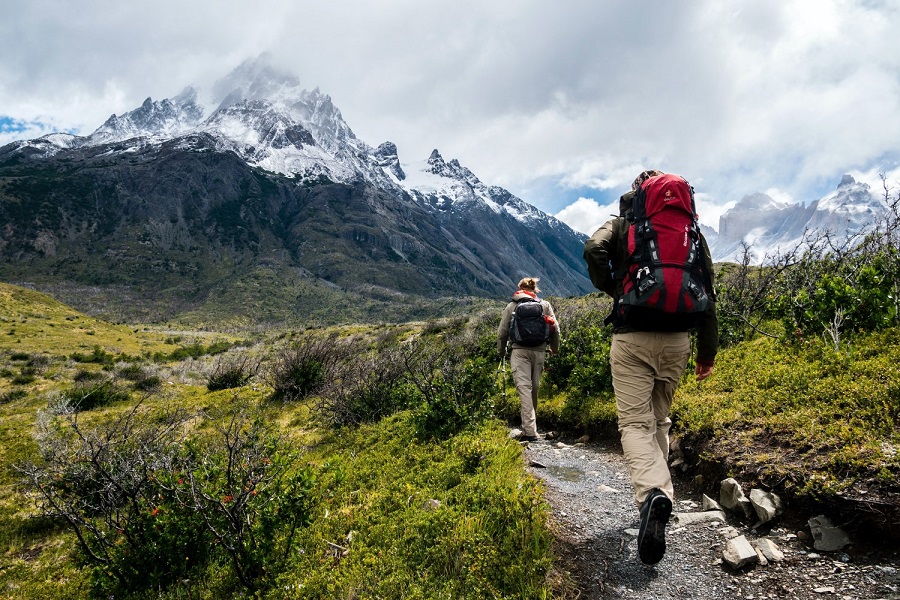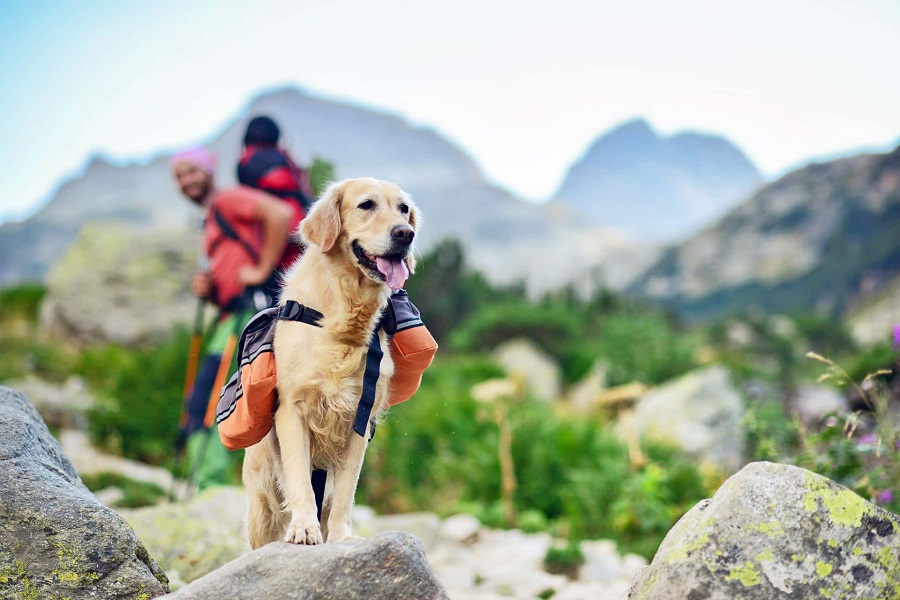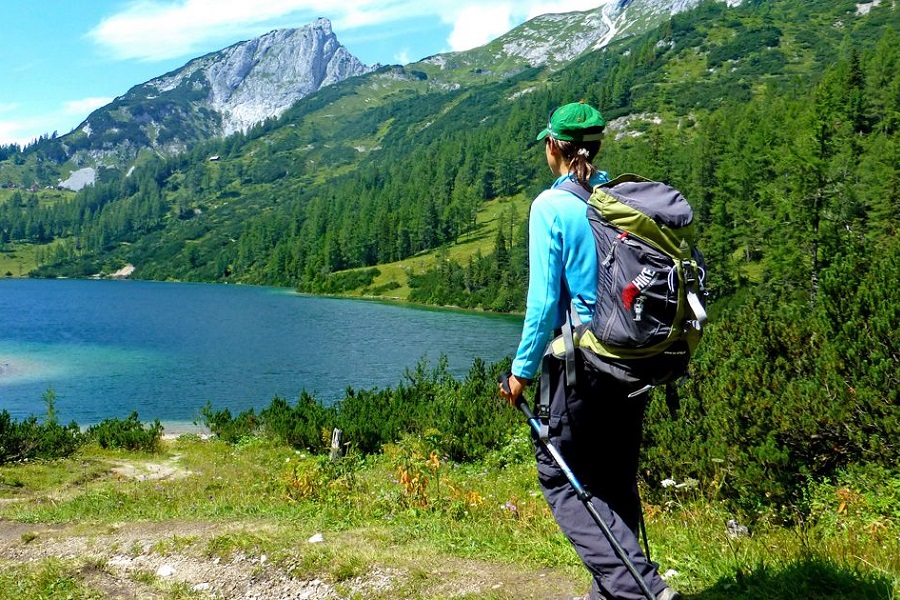Everything from your food to the levels of sanitation you practice is essential to creating a safe hike and ensuring you get the very best from your experience.
With everything carefully planned for your wellbeing, you can enjoy the hike as it was intended and do so in comfort and safety just by following a few simple hiking safety tips.
Safety Precautions For Wildlife And Nature
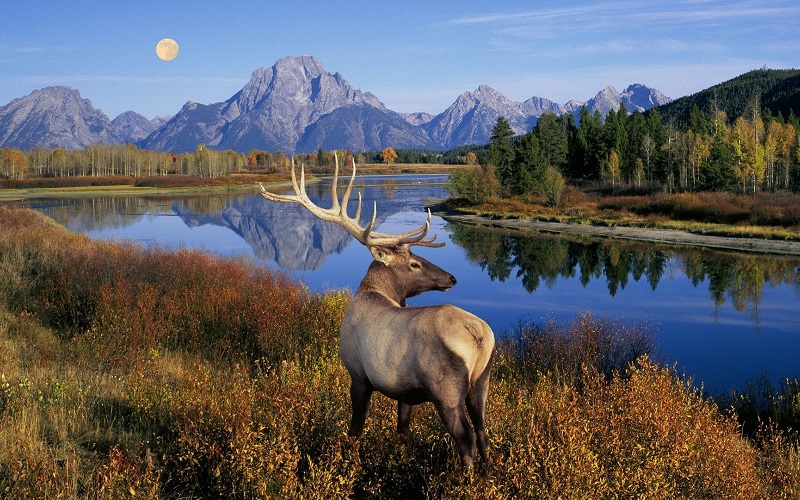
The variety of wildlife is one of the main reasons why hikers enjoy this hobby, but it can also be one of the most dangerous aspects of it.
Being out in the wilderness and unknown may be exhilarating, but there are many potential dangers waiting around every corner.
Everything from venomous insects to large mammals and even poisonous plant life can pose a serious threat to your health and life when on a hike.
Here are just a few of the most dangerous threats to your safety from nature when on a hike:
- Spiders: Both the Black Widow and Brown Recluse spiders pose serious threats to hikers in the United States, with the potential to cause organ damage and death in some circumstances. Avoid exploring in areas such as shrubs and under rocks, as this is where they are likely to be found.
- Snakes: With over 30 different types of rattlesnakes in America, these pose the most serious threat in the wilderness. Always keep your distance from snakes if you see them, as a bit from a rattlesnake can cause blurred vision, numbness, headaches, and chills.
- Scorpions: Over 2,000 species of scorpion exist, all with varying degrees of danger attached. The only scorpion capable of causing death is the bark scorpion, which is found in the Southwest. Always check boots and hiking gear thoroughly, as this is where scorpions prefer to hide.
- Ticks: Once you’re done hiking, you should always perform an all-body check for ticks. According to the CDC, ticks can carry infections, bacteria, and diseases, and they latch quite easily onto the human body without anyone knowing.
Weather Conditions And Your Safety
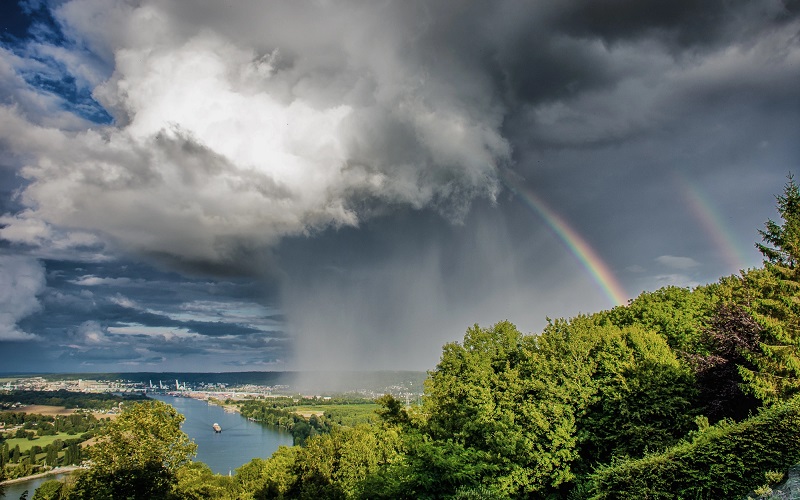
Backpacking safety means being prepared for all types of weather conditions, with everything from your clothing choices to protective wear considered.
The weather accounts for a huge percentage of injuries and deaths when hiking, with sunburn, hypothermia, and more being potentially life-threatening.
The best way to stay protected from the weather is to wear layered clothing, which can be added to or subtracted from to meet the different temperatures and keep you covered in case of an emergency.
Long sleeves and a sensible pair of hiking boots designed specifically for rugged terrain will ensure you’re kept comfortable and protected from all weather conditions.
Not only are long sleeves and sturdy hiking boots essential for keeping you warm, but they are also your best line of defence against insect bites and stings.
On top of your protective clothing, you should also wear sunscreen and insect repellant and keep these regularly topped up during your hike.
Sanitation And Hygiene Safety
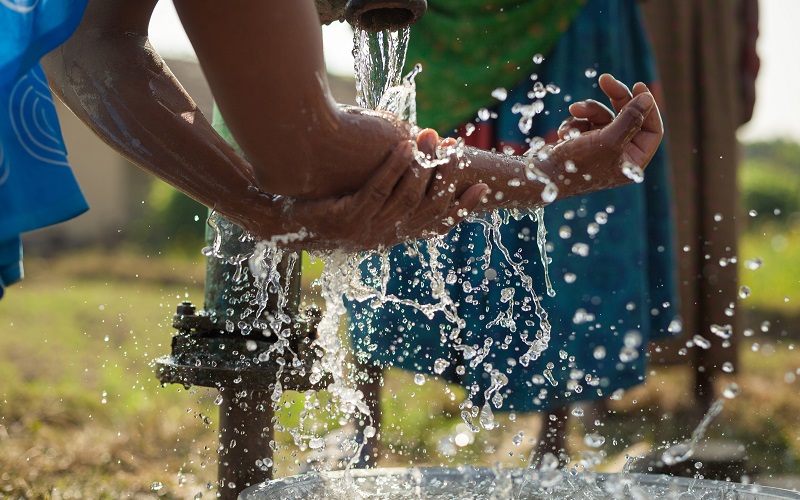
An important part of hiking safety, but one that may not be as widely known, involves your sanitation practices and hygiene.
Without adequate hygiene, you’re vulnerable to a range of waterborne and foodborne diseases, as well as other bacteria and diseases that can come from poor sanitation.
Follow these simple hiking tips to ensure good hygiene practices are in place for both your safety and that of those around you:
- Use the bathroom away. Move at least 200 feet away from the trail before attempting to use the bathroom in the wilderness and dig a cathole for your business. Ensure that you dispose of any waste left behind, and when there isn’t a disposal unit, you should carry this until you can properly discard it.
- Wash your hands. Where possible, always opt for a thorough hand wash with soap rather than using a hand sanitizer. This ensures that all faecal matter and other harmful bacteria have been removed.
- Store food correctly. For food that is perishable, ensure it’s been adequately chilled to avoid food poisoning. It’s often best to stick to foods that can be stored dry to ensure this doesn’t occur.
- Clean up after yourself: Whether it’s rubbish left behind or personal waste, you should always leave the campsite and trails exactly as you found them. Not only is it respectful, but it can prevent animals such as bears from entering the area.
The Importance Of A Hiking First Aid Kit
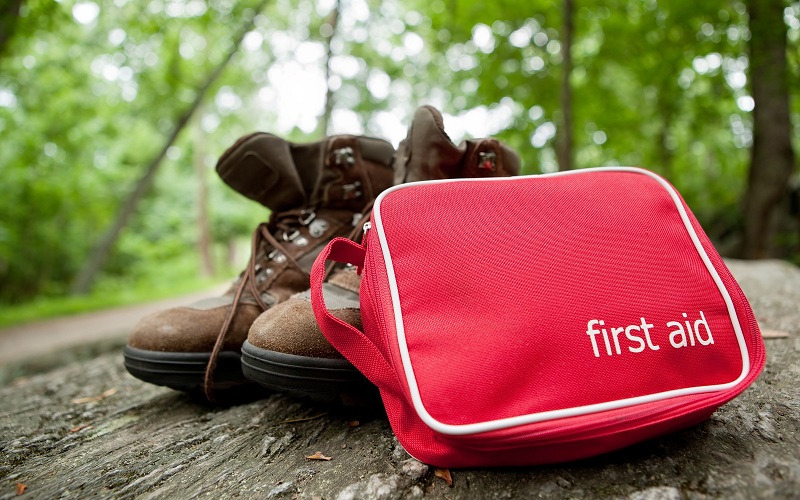
Being prepared is the most important part of hiking, and having a backpacking first aid kit ensures you’re prepared for any of these safety issues.
A first aid kit is a crucial part of hiking safety equipment that can treat burns, wounds, bites, and more.
Whether you prefer to pack a pre-made hiking first aid kit or assemble one for yourself, these lightweight additions to your supplies are a crucial piece of equipment.
A good first aid kit should contain everything from antiseptic wipes to different sizes of dressings and closures.
Just as you should be prepared with your food and water supplies and plan out your trail, safety is even more important.
Being prepared for the range of unknowns that can strike in the wilderness means you’re equipped to handle anything.
Resources:

